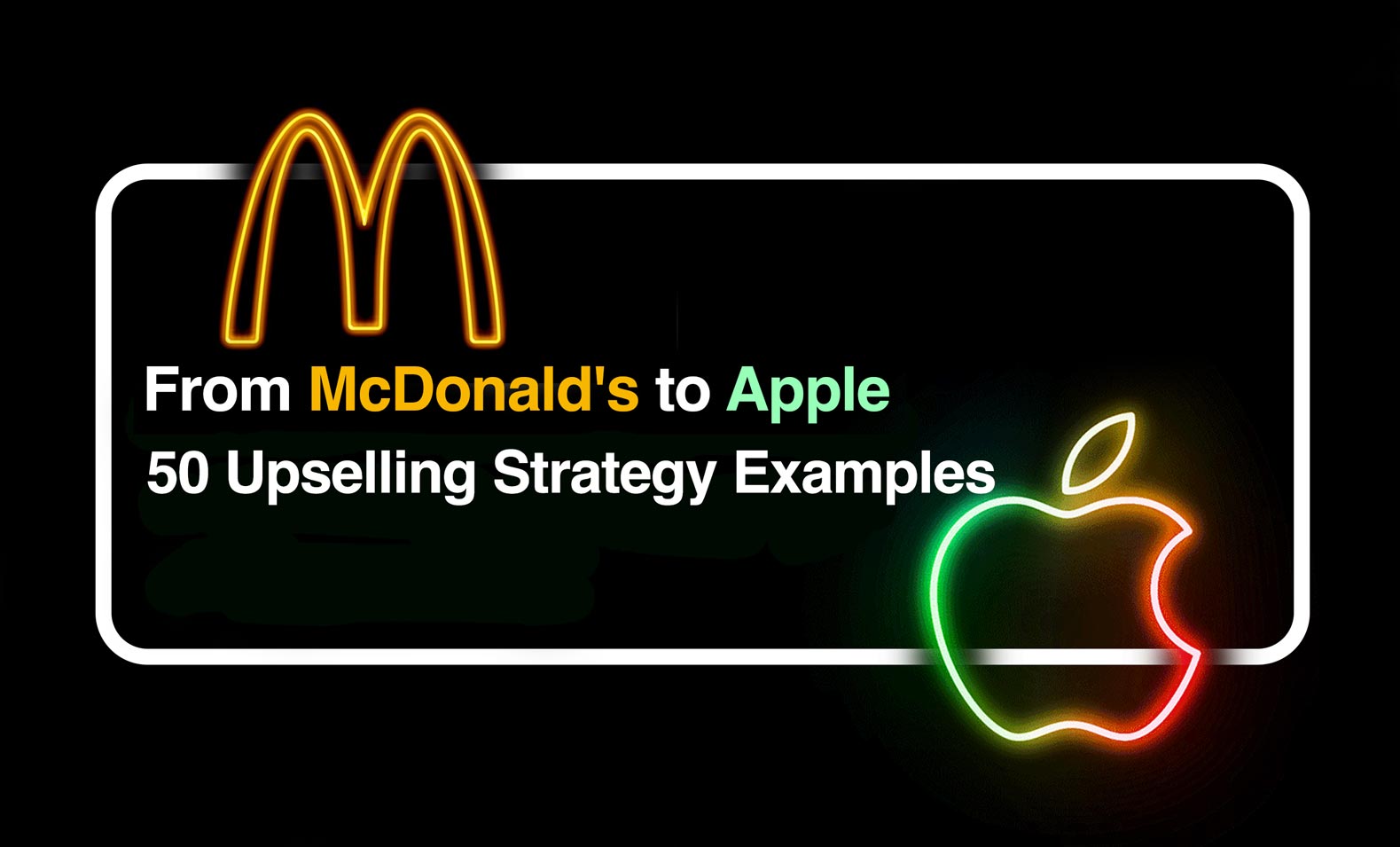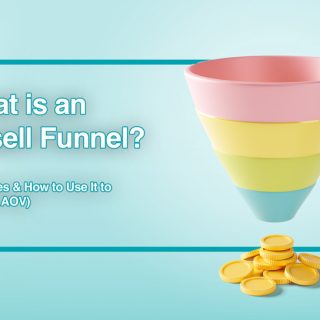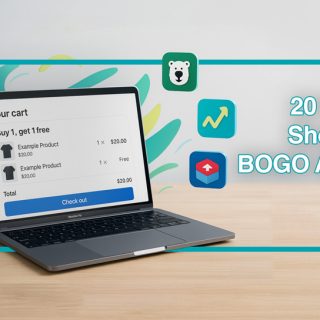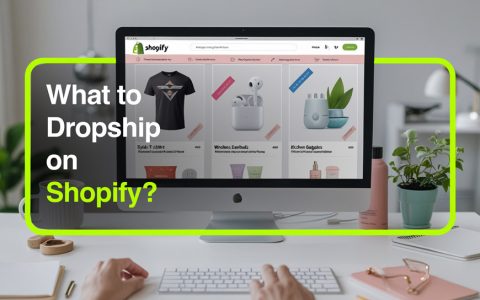When we talk about upselling, it’s always “get one free burger” or “update your shopping cart by adding another shade of lipstick”. But there’s more to this powefrul sales strategy. “Upselling is adding to the purchase and “upgrading” the final buy, often with more high-end products”.
That’s exactly where we are going in this article, to learn about upselling examples and understand what makes them so special. It’s important to know that upselling is not a new concept, but it changes its face and comes in new ways that are always relevant, trendy, and even fun for customers to go through. Maybe that’s why some call it “suggestive selling”!
We’ll learn how through this practice, both businesses and customers gain revenue and experience better purchase. This article will help you understand the concept, and then read some upselling techniques and examples. Lets dive in!
What is Upselling?
Upselling is above all a sales technique. When a seller encourages a customer to purchase a more expensive item, an upgrade, or an add-on to make a more profitable sale, they kind of “up the sale” or “upsell” the current purchase. This strategy is mostly used at the point of checkout, where customers are presented with higher-end versions of the products they are buying. But how are upselling techniques different from cross selling?
Simply put, upselling means offering a better or enhanced version of the original product, while cross selling involves adding something to the purchase to make it complete. This could be any additional product that complements the original purchase. Understanding these concepts and implementing upselling strategies can help maximize your sales and improve customer satisfaction.
Effective upselling strategies can significantly increase a business’s revenue by maximizing the value of each single transaction. For instance, a customer purchasing a cup of coffee might be offered a small side desert at a slightly higher price (or a cheap size upgrade). Key upselling techniques include showcasing the benefits of premium options and highlighting special deals that provide better value. By implementing these upselling strategies and tips, any business can experience growth and make its existing customers more loyal. Following, you’ll read some upselling examples and techniques.
Best Upselling Techniques and Strategies
Upselling is a smart way to boost revenue while improving the customer experience. Here are some effective techniques to implement:
- Offer Product Upgrades: Highlight premium versions of products or services with added features. Show customers the benefits they can enjoy, such as enhanced performance or longer warranties.
- Create Value Bundles: Combine related products into a bundle at a slightly discounted rate. For instance, pairing a laptop with a carrying case and a mouse can make the purchase more appealing.
- Use Limited-Time Offers: Create urgency by offering exclusive deals for a short time. Phrases like “Upgrade now and save 20%—today only!” can motivate customers to act quickly.
- Leverage Personalization: Tailor upselling suggestions based on customer preferences or purchase history. For example, suggest complementary items that match their past orders.
- Highlight Bestsellers: Promote popular upgrades or add-ons. Customers often trust the choices of others and may follow suit.
- Educate Through Explainer Videos: A short, engaging video demonstrating the benefits of an upgrade or bundle can clarify the value and encourage purchases.
- Train Your Team: Empower your sales team with scripts and strategies to seamlessly introduce upsell options during conversations.
Top 50 Upselling Examples
Upselling strategies differ across industries, catering to specific customer needs. Below are 50 upselling examples broken into categories to improve readability and relevance.
Tech Industry
- Apple’s AppleCare
A great up-selling example is when customers buy an Apple product, they are often encouraged to purchase AppleCare. This extended warranty offers peace of mind and access to premium services, making it an easy upsell.
- Amazon’s “Frequently Bought Together”
Amazon suggests complementary items frequently purchased with the primary product. For instance, a laptop recommendation might include a case and a USB-C hub.
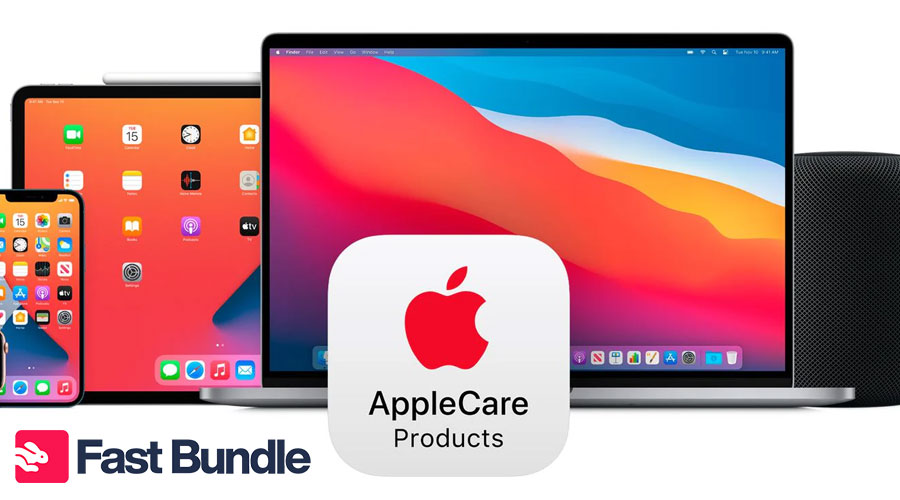
- Streaming Services
Platforms like Netflix and Spotify offer “premium” subscriptions. By upgrading, users enjoy ad-free content, offline downloads, or better audio/video quality.
- Gaming Consoles
Brands like PlayStation and Xbox bundle gaming systems with extra controllers or exclusive games to enhance the value of the purchase.
- Software Suites
Microsoft 365 encourages users to opt for family plans instead of personal ones, highlighting shared benefits and savings for multiple users.
Food and Beverage
- Starbucks Drink Customizations
Starbucks suggests add-ons like extra espresso shots, whipped cream, or specialty syrups, turning a basic coffee into a premium experience. This is a relatively well-known up-selling example that almost everyone knows.
- McDonald’s Meal Upgrades
Customers are offered to “make it large” by upgrading their fries and drink for a small fee—a classic upselling example.

- Smoothie Shops
Juice and smoothie bars offer “boosts” like protein powder or vitamin shots for a small extra cost.
- Pizza Chains
Domino’s and Pizza Hut often suggest adding extra toppings, a side of garlic bread, or a dessert to the order.
- Upscale Restaurants
High-end restaurants may upsell by recommending wine pairings or special chef’s tasting menus.
E-Commerce
- Shopify Stores Using Product Bundles
Many Shopify stores create bundles like “buy 2, get 1 free” or offer discounts for bulk purchases, encouraging customers to spend more.
- Fashion Retailers
Online stores like ASOS suggest items “styled together,” such as pairing a dress with shoes and accessories.
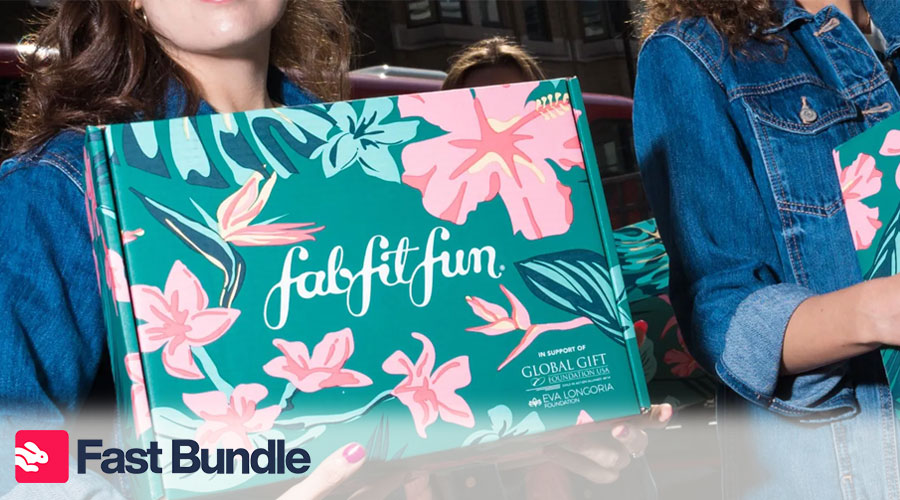
- Beauty Brands
Skincare brands often bundle products, such as selling a cleanser with a matching moisturizer at a slightly discounted rate.
- Subscription Boxes
Companies like Birchbox or FabFitFun offer “premium” box upgrades with exclusive or full-sized products.
- Electronics Retailers
When buying a gadget, sites like Best Buy recommend extended warranties or essential accessories, such as screen protectors and chargers.
Travel
- Airlines Offering Seat Upgrades
Airlines like Delta and Emirates often prompt customers to upgrade to business or first class during the booking or check-in process.
- Hotel Room Enhancements
Hotels suggest room upgrades to suites with better views, complimentary breakfasts, or spa access for a nominal fee.

- Rental Cars
Rental car companies upsell by offering luxury models or add-ons like GPS systems and insurance packages.
- Tour Operators
Travel agencies and tour companies upsell with “exclusive” experiences like private tours, premium seating, or VIP passes.
- Cruise Lines
Cruises promote package deals that include excursions, premium dining, and all-inclusive drink options.
Retail
- Fashion Stores Suggesting Premium Fabrics
In clothing stores, sales associates highlight better-quality fabrics or custom tailoring services for a premium price.
- Sporting Goods
Stores like Dick’s Sporting Goods recommend high-end equipment, such as advanced tennis rackets or performance running shoes.

- Home Improvement Stores
Retailers like Home Depot suggest enhanced versions of tools or appliances with extended warranties and additional features.
- Bookstores
Independent bookstores may offer signed editions or gift wrapping as upselling options.
- Jewelry Shops
Upselling in jewelry often involves suggesting larger carat sizes, better-quality gems, or additional pieces to complement the purchase.
The Difference Between Upselling and Cross-Selling
| Feature | Upselling | Cross-Selling |
| Definition | Offering a more expensive version of the same product. | Recommending a related product alongside the main item. |
| Example | Upgrading from economy to business class. | Suggesting headphones with a smartphone purchase. |
| Goal | Increase the value of the original purchase. | Increase overall sales by adding complementary items. |
| Focus | Same product, better version. | Different products that complement each other. |
| Benefit | Boosts revenue per customer. | Expands product variety for the customer. |
In summary, upselling focuses on enhancing the original purchase with a better version, while cross-selling promotes additional related products. Understanding the difference between upselling and cross-selling can help businesses optimize their sales strategies.
Benefits of Upselling
Now that we know all about upselling examples, it’s time to understand the benefits of this method:
- Increased Revenue: Upselling can increase revenue by 10–30% per transaction, significantly boosting a business’s bottom line.
- Better Customer Experience: Offering premium options allows customers to make informed decisions, often enhancing satisfaction and loyalty.
- Higher Average Order Value (AOV): By encouraging customers to purchase more expensive versions of products, businesses can raise their average order value.
- Stronger Brand Perception: Upselling can help position a business as offering high-quality, premium products, improving brand image and customer trust.
Upselling Tips for Maximum Impact
- Personalization: Tailor upsell offers to customer preferences to increase relevance and appeal. For instance, if a customer frequently purchases eco-friendly products, suggest a premium, eco-friendly version of the item they’re considering. Personalization shows that you understand the customer’s needs, which can lead to higher conversion rates.
- Timing: Present upsell options at strategic points, such as during checkout or after purchase. For example, when a customer is checking out a laptop, you could suggest a high-end laptop case or extended warranty. Timing the offer right when they are ready to make a decision increases the likelihood of a successful upsell.
- Language: Use positive, value-focused language to highlight the benefits of the upsell. Instead of just saying, “Upgrade to the premium model,” you could say, “Get 50% more storage and an improved screen for just $50 more.” This communicates clear value and appeals to the customer’s desire for a better experience.
Conclusion
Upselling is a powerful tool for driving business growth by increasing revenue, enhancing customer satisfaction, and boosting the average order value. By offering relevant, personalized recommendations at the right time and using compelling language, businesses can significantly improve their sales performance.
Now is the time to implement these upselling examples in your Shopify or other e-commerce stores. Start integrating personalized offers and strategic timing to maximize your sales potential.
